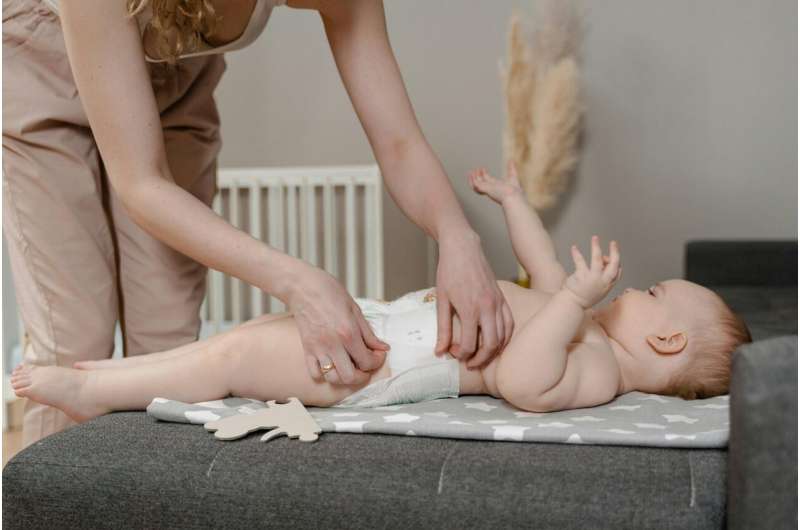
Teaching children about consent is crucial, and parents are encouraged to start these conversations much earlier than previously thought. Instead of waiting until children are teenagers, parents can use everyday activities, such as diaper changes, to introduce concepts of consent and body autonomy. This approach not only fosters a sense of agency in children but also helps protect them from potential abuse.
Transforming Diaper Changes into Learning Moments
Diaper changes are often perceived as a mundane chore, but they offer an excellent opportunity to engage young children in discussions about their bodies. According to researchers Katherine Bussey and Nicole Downes, parents can begin teaching consent even before their children are able to speak. They emphasize that the earlier these lessons start, the more ingrained the understanding of consent becomes in a child’s life.
At the onset of a diaper change, parents should communicate clearly with their child. Getting down to the child’s level and saying, “You need a diaper change,” allows the child to process the information. Parents can then offer choices, such as asking, “Would you like to walk or crawl to the change table, or would you prefer me to carry you?” This process not only informs the child about what is happening but also respects their agency.
Encouraging Awareness and Communication
In many cases, parents may try to distract their children during diaper changes to make the process smoother. While this might seem helpful, it is essential for children to be aware of when someone is touching their most intimate areas. Research shows that even infants can respond positively to consistent verbal cues. Parents are encouraged to use clear and regular language, such as, “Can you please lift up your bottom so I can slide your diaper out?” This practice helps reinforce the idea that children have the right to express what happens to their bodies.
Parents should also remember to be kind to themselves. There will be times when diaper changes need to be expedited due to external pressures, such as being late for work or dealing with unexpected situations. It is important to aim for meaningful interactions during diaper changes, but parents should not feel guilty if every moment does not go perfectly.
Using appropriate anatomical terms is another crucial aspect of teaching consent. Terms like “vulva,” “penis,” and “anus” should be used instead of childish names. Such language empowers children to speak about their bodies confidently, enabling them to communicate their experiences with trusted adults effectively.
In addition to diaper changes, parents can create opportunities for their children to make choices in everyday situations. Simple options, such as selecting clothing or deciding between snacks, can nurture a child’s sense of autonomy. For instance, asking, “Do you want to wear your blue or yellow shirt today?” allows children to feel involved in their decisions.
Recognizing and respecting children’s body language is equally important. Parents are advised not to force children into physical interactions, such as hugging relatives, if the child appears uncomfortable. Instead, they should pay attention to children’s reactions, especially during physical activities like being picked up. While safety may necessitate certain actions, parents should strive to be mindful of their children’s cues whenever possible.
By integrating these practices into daily routines, parents can effectively teach their children about consent from a young age. This early education cultivates an understanding of personal boundaries and fosters a culture of respect, ultimately benefiting children as they grow.
The insights discussed in this article were provided by researchers Katherine Bussey and Nicole Downes, as published in The Conversation. Their work highlights the importance of proactive consent education in fostering a safer environment for children.







